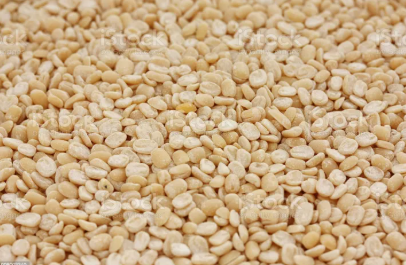Lentils are a versatile and nutritious staple in many cuisines around the world. They come in a variety of types, each with unique flavors, textures, and culinary uses. Let’s explore some of the most popular types of lentils, along with images to help you identify them.
Yellow Moong (Yellow Split Moong Dal)
Yellow Moong, also known as split yellow mung beans, are small, yellow lentils that are easy to cook and digest. They have a slightly sweet flavor and are commonly used in soups, stews, and curries. Yellow Moong is also a great choice for making lentil pancakes or fritters.

Green Moong (Whole Green Moong Beans)
Green Moong, also known as whole mung beans, are small, green lentils with a mild flavor and a slightly crunchy texture. They are often sprouted to increase their nutritional value and used in salads, stir-fries, and soups. Green Moong is also a key ingredient in traditional Indian dishes like khichdi.

Kala Chana (Black Chickpeas)
Kala Chana, or black chickpeas, are small, dark brown lentils with a slightly nutty flavor and a firm texture. They are high in protein and fiber, making them a nutritious addition to salads, stews, and curries. Kala Chana is often soaked and cooked in various Indian dishes, including chana masala.
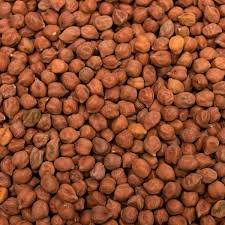
Chickpeas (Garbanzo Beans)
Chickpeas, also known as garbanzo beans, are round, beige lentils with a creamy texture and a slightly nutty taste. They are incredibly versatile and can be used in a wide range of dishes, from hummus and falafel to soups, salads, and stews. Chickpeas are also a great source of plant-based protein.
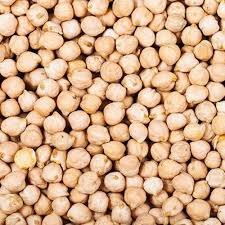
Masoor Dal (Red Lentils)
Masoor Dal, Toor Dal, or red lentils, are small, reddish-orange lentils that cook quickly and break down easily, making them perfect for soups and stews. They have a mild, earthy flavor and are often used in Indian dal recipes. Masoor Dal is also rich in protein and fiber, making it a healthy choice for any meal.
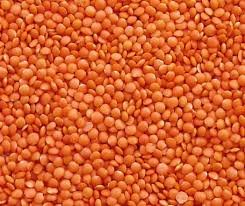
Toor Dal / Arhar Dal (Pigeon Peas)
Toor Dal, also known as pigeon peas, are yellow lentils with a slightly nutty flavor. They are commonly used in Indian cuisine, especially in dishes like sambar and dal. Toor Dal is a good source of protein, fiber, and essential nutrients, making it a nutritious addition to your diet.
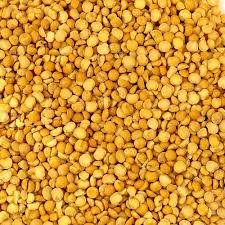
Black Eyed Beans (Cowpeas)
Black Eyed Beans, also known as cowpeas, are cream-colored beans with a distinctive black spot. They have a slightly earthy flavor and a soft texture. Black Eyed Beans are often used in salads, soups, and stews. They are a good source of protein, fiber, and essential nutrients.
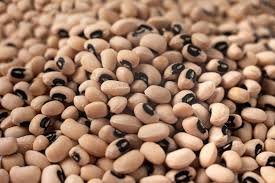
Urad Dal (Black Gram) (Whole or Split Beans)
Urad Dal, also known as black gram, is a type of lentil with a black skin and creamy white interior. It has a strong, earthy flavor and a thick texture. Urad Dal is often used in South Indian dishes like dosa, idli, and dal makhani. It is a good source of protein and fiber.
Kidney Beans (Rajma)
Kidney Beans, also known as Rajma in Indian cuisine, are large, kidney-shaped beans with a deep red color. They have a slightly sweet flavor and a firm texture. Kidney Beans are commonly used in chili, stews, and salads. They are rich in protein, fiber, and essential nutrients.
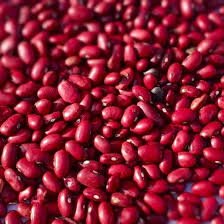
There are also a different type with lighter shade of purple as well.

Urad Dal
White urad dal is of pale yellow and white colour. It’s used in making papad or papadum as well.
Adzuki Beans (very similar to Red Beans)
Adzuki Beans, also known as red beans, are small, reddish-brown beans with a sweet flavor. They are commonly used in East Asian cuisine, particularly in desserts like red bean paste. Adzuki Beans are also used in soups and stews. They are a good source of protein, fiber, and antioxidants.
Lentils and beans are not only delicious but also packed with nutrients like protein, fiber, and essential vitamins and minerals. Incorporating a variety of lentils into your diet can provide numerous health benefits and add diversity to your meals. Experiment with these different types of lentils in your cooking and enjoy the rich flavors and textures they offer.



